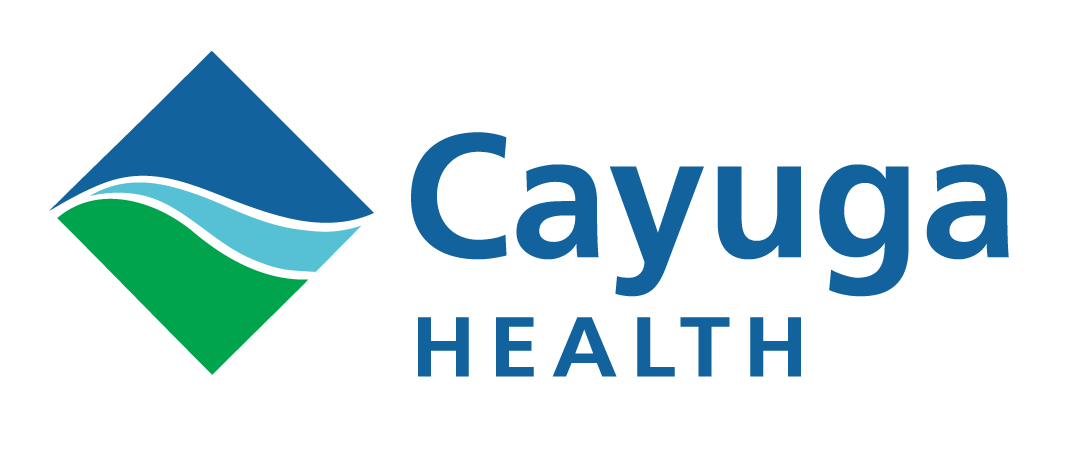
Small steps will improve your health in 2021

Starting an exercise routine tops the list for most New Year’s resolutions, and for good reasons. To improve your health, small changes, such as taking the stairs or parking your car in the back row and walking to the entrance, can add up to lowering your blood pressure and controlling your weight, which both pose major health risks for about half of U.S. adults.
High blood pressure doubles the risk of cardiovascular complications compared to those with a normal level of blood pressure. The newest guidelines set the threshold for Stage 1 hypertension at 130 (systolic)/80 (diastolic) mm Hg, down from the previous level of 140/90 mm Hg. An elevated reading is between 120-129 systolic and less than 80 diastolic pressure. A normal blood pressure reading is less than 120/80 mm Hg.
Regular physical activity and a healthy diet are the cornerstones for controlling blood pressure, and small, gradual changes in both those areas can provide significant health benefits. To help you get started on a healthier 2021, last week’s article looked at shifting your diet to healthier food choices. This article will help you gradually increase your recreational activity levels and follow through on those resolutions for 2021.
How do you get started?
If you have not been active for quite some time, or if you are beginning a new activity or exercise program, take it gradually. Consult your healthcare professional if you have high blood pressure, diabetes, cardiovascular disease or any other preexisting condition. It is best to start slowly with something you enjoy, like taking walks, dancing or riding a bicycle. Scientific studies show that physical activity is safe for almost everyone, and beneficial at ANY amount for everyone. The health benefits of physical activity far outweigh the risks.
What counts as exercise?
Any physical activity that gets you moving and increases your heart rate above the resting, or sedentary, rate, provides health benefits; any level of activity is better than none. While 30 minutes of moderate aerobic (brisk walking, swimming, biking, elliptical machine work outs, dancing) and resistance exercise (weight lifting, push-ups, squats, elastic bands) five times a week is the widely-accepted goal from medical studies, few people start at that level. A daily 10-minute walk around the neighborhood or an indoor shopping mall is a good start. Walking with friends helps make exercise a regular part of your schedule. For seniors and those with disabilities, “Exercise & Physical Activity,” a free, 120-page guide from the National Institute on Aging is packed with suggestions on customizing exercises to match your abilities and beginning and maintaining your plan.
What types of activities should be part of an exercise plan?
Choose a variety of activities that you enjoy to help you stay interested and motivated. Aerobic activities with flexibility and stretching exercises on three days each week, combined with muscle-strengthening activity on two days each week provide a good balance. Daily activities at home, such as vacuuming, raking and gardening, can also count as exercise sessions. Include warm-up time before and cool-down time after each session to help your heart move gradually from rest to activity and back again and to also decrease your risk of injury or soreness.
The Cayuga Center for Healthy Living will have a series of Zoom webinars in 2021 on the third Thursday of the month starting in January. The virtual webinars cover a variety of topics including diet, meal planning and healthy lifestyle changes. The fee is $120 for all 12 classes; single classes are $20 each. For information, call (607) 252-3590. For one-on-one support, in-person or virtual personal training is available through Island Health and Fitness https://islandhealthfitness.com/.
How intense should exercise be?
A moderately intense level of exercise provides overall health benefits to the heart, lungs and circulation, but, again, any level of exercise provides some benefit. A simple test can help you determine if you’re working hard enough.
- If you can easily carry on a full conversation or sing while also exercising, you probably aren't working hard enough.
- If you can exchange brief sentences easily while exercising, but not have a comfortable or lengthy conversation, your intensity level is likely on target.
- If you get out of breath quickly, or if short sentences feel like a strain, you're probably working too hard, especially if you have to stop and catch your breath.
Donna Sandidge is the medical director of the Cayuga Center for Health Living. She holds board certifications from American Board of Internal Medicine, the American Board of Obesity Medicine and the American Board of Allergy and Immunology. For information on the diet and lifestyle programs at the Cayuga Center for Healthy Living, call (607) 252-3590.
 Have back or neck pain? Learn how it’s treated
Have back or neck pain? Learn how it’s treated Treating spinal pain with and without surgery
Treating spinal pain with and without surgery How neck and back pain are treated
How neck and back pain are treated